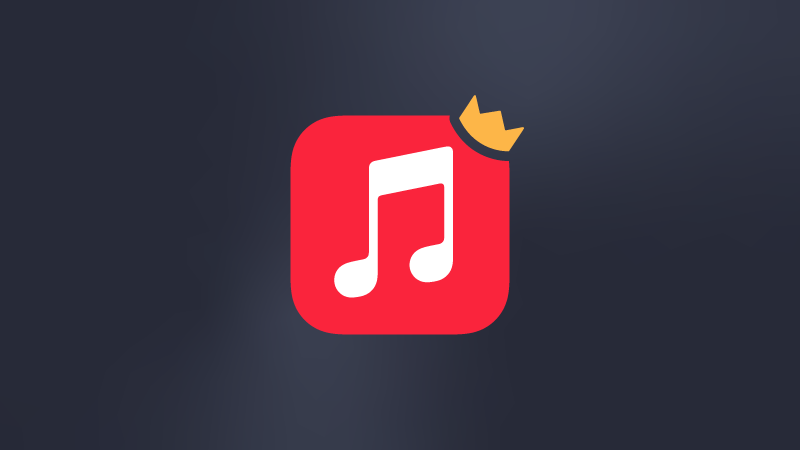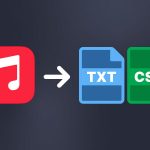You’re an artist and have finally finished the song or album you’ve spent months, even years, creating. You can’t wait to share it with the world and see how they react. So, you inevitably ask yourself how to upload music to streaming platforms.
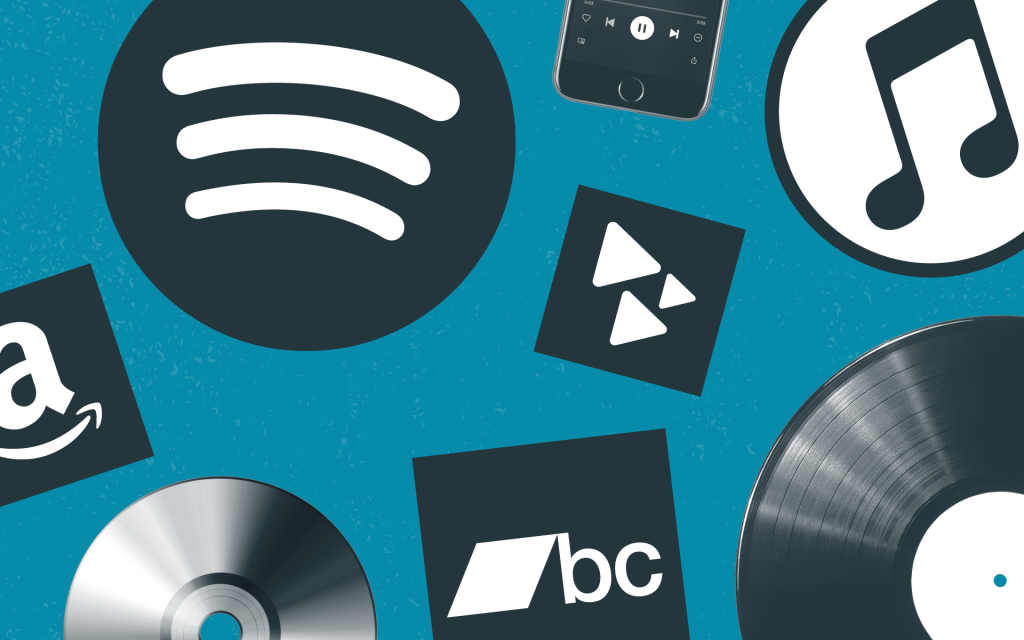
The answer is quite simple: you will have to use a distributor. You can’t upload yourself something to Spotify, Apple Music, Deezer, or YouTube Music. And things can be tricky if you need to become more familiar with the world of the music industry. Soundiiz is here to explain.
What’s a music distributor?
The distributor’s role has existed since the dawn of time, long before streaming. When music was consumed physically, distributors took vinyl, cassettes, or CDs to the places that would sell them. You had to wait until the product was sold for the distributor to get paid so the label could earn money and redistribute it to the artists. The distributor is, therefore, an intermediary.
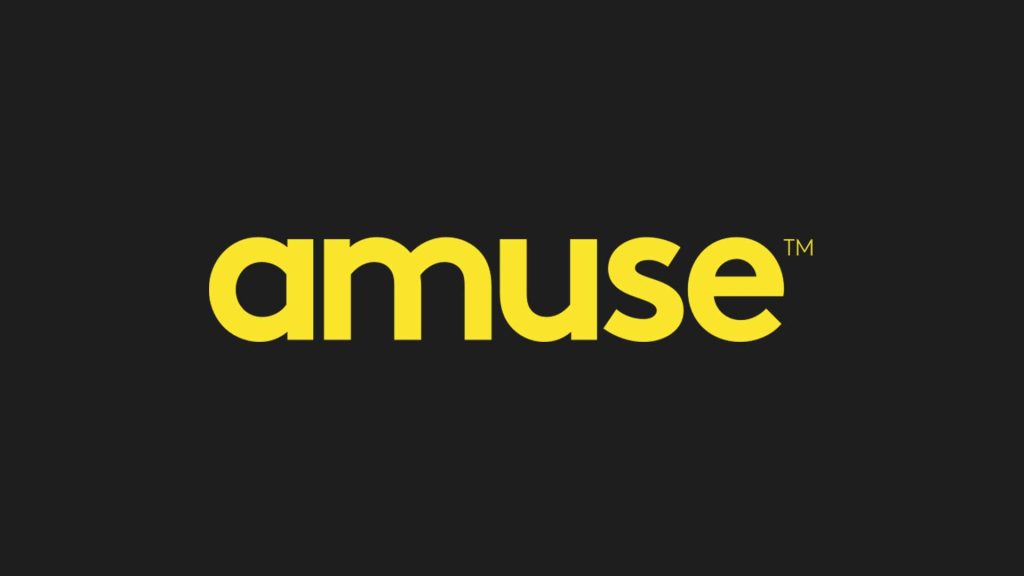
Today, they continue to play this role, but their functions have evolved with the arrival of streaming. They are still an intermediary between labels, independent artists, and the platforms where their music is marketed, whether record shops, supermarkets, or streaming services.
Every artist has to go through a distributor to make their music available on Spotify, Deezer, Apple Music, YouTube Music, and others. A distributor takes your music and deploys it everywhere, including on social networks. If you can put songs in stories on Instagram, for example, it’s thanks to a distributor. Some even take on the role of communicator, pitching the music to streaming services. The aim is to enter reference playlists and attract streams.
A matter of trust
Platforms like Bandcamp or SoundCloud allow you to upload music without a distributor, but they are rare. The vast majority require you to go through a distributor. They ensure that the metadata uploaded by distributors is adapted to their requirements. If artists do the work themselves, information may be erroneous or lost. Going through an intermediary reassures the platforms and saves them time. For artists, even if it represents an additional cost, it’s the assurance that everything is available everywhere, at the right time, and in the proper format.
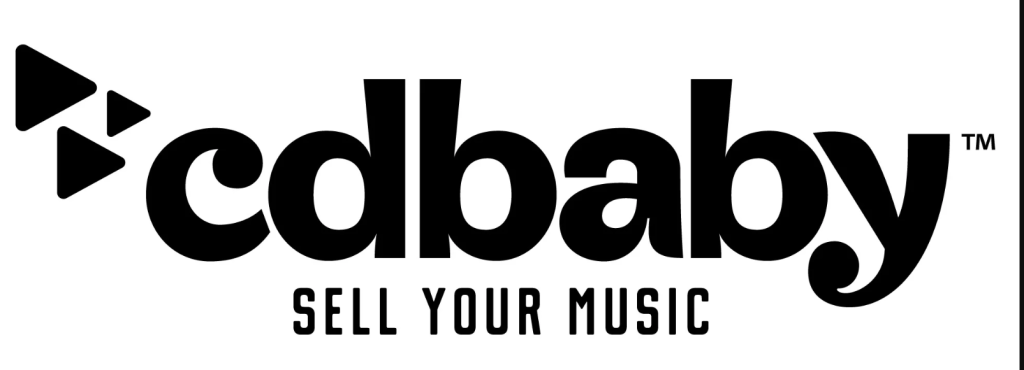
The second primary role of distributors is to redistribute royalties to labels and artists. It’s a vital role, meaning everything can be centralized in one place.
How do you choose the right music distributor to upload music to streaming platforms?
There’s no exact answer to this question. As an artist, and depending on your objectives, you’ll need to choose the distributor that suits you best. Some will offer you a more straightforward upload process; others will allow you to communicate more, and others will be easier to reach.
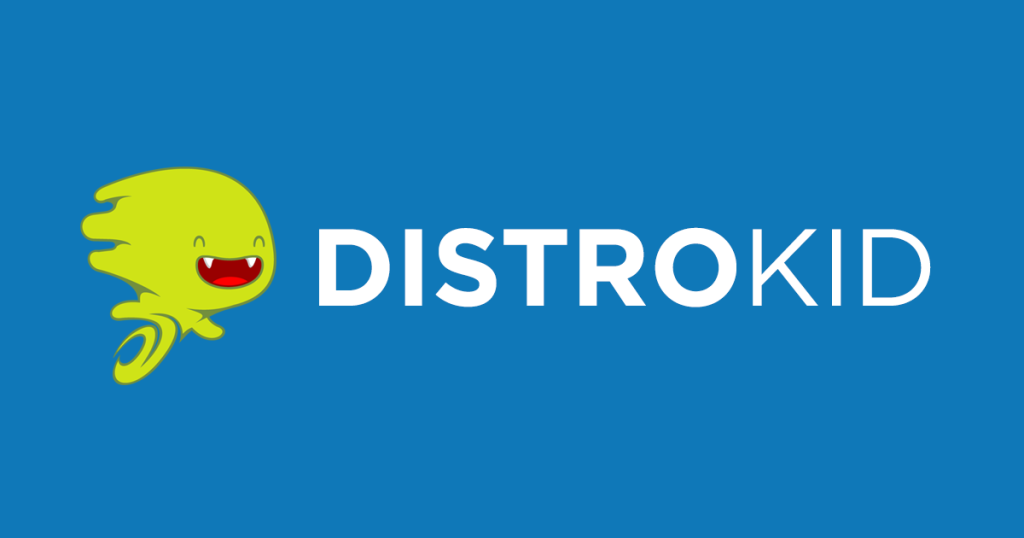
Well-known names include Amuse, Distrokid, CD Baby, Tunecore, Ditto, Record Union, SpinnUp, AWAL, and United Masters. A quick tour of their websites should give you a good idea of what they offer.
Choose what’s most important to you and your music. There are three main categories to choose from.
What are the different types of music distributors?
There are several types of distributors: Independent, major ones, and online aggregators.
Independent distributors are best for independent artists. They’ll be able to forge stronger links with artists, enjoy a privileged, personalized relationship, or gain access to local markets. Regarding promotional tools, they are also more active and can build a strategy with you. On the other hand, their costs are higher, and processes can take longer. It is because they operate with smaller teams.
Examples: Believe Digital, Ditto Plus, Redeye Worldwide, Idol,…
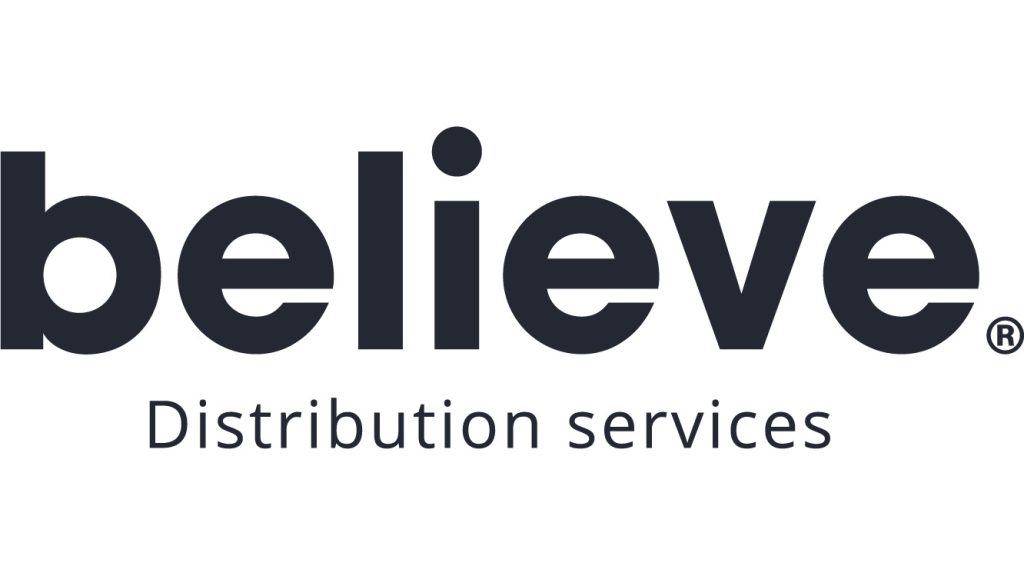
Major distributors are the major labels who negotiate the distribution of their catalogs directly with the streaming platforms. Because of their power and substantial catalog of songs and albums, they have considerable leverage in negotiations and privileged access to certain editorial content. They don’t need a distributor but are distributors in their own right. So, if you’re an artist signed to a major label (Universal, Sony, Warner, etc.), you don’t need to worry about this.
Online aggregators are the most famous. They, too, are tailored to independent artists, and the procedures are all simplified. Distrokid, CD Baby, and TuneCore are the most famous. They’re easy to access, let you control all systems, and are widely used. On the other hand, their support function may be less developed, they offer less promotion service, and they may need more direct access to platforms for playlist entry.
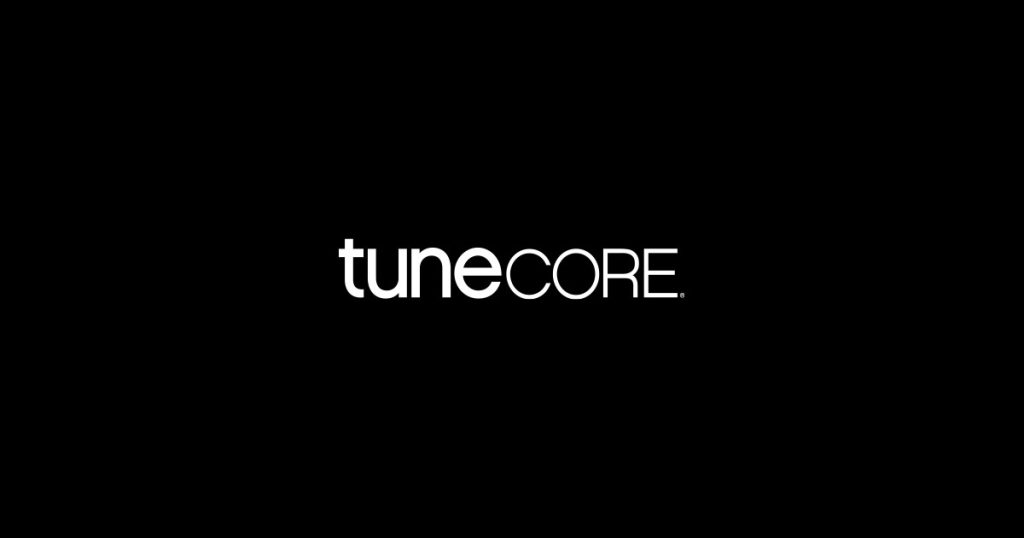
Other new-generation distributors are entering the market, such as LANDR, an AI tool initially based on song mastering, or SoundOn, built on the power of TikTok.
The choice is yours!
How can Soundiiz help you upload music to streaming platforms?
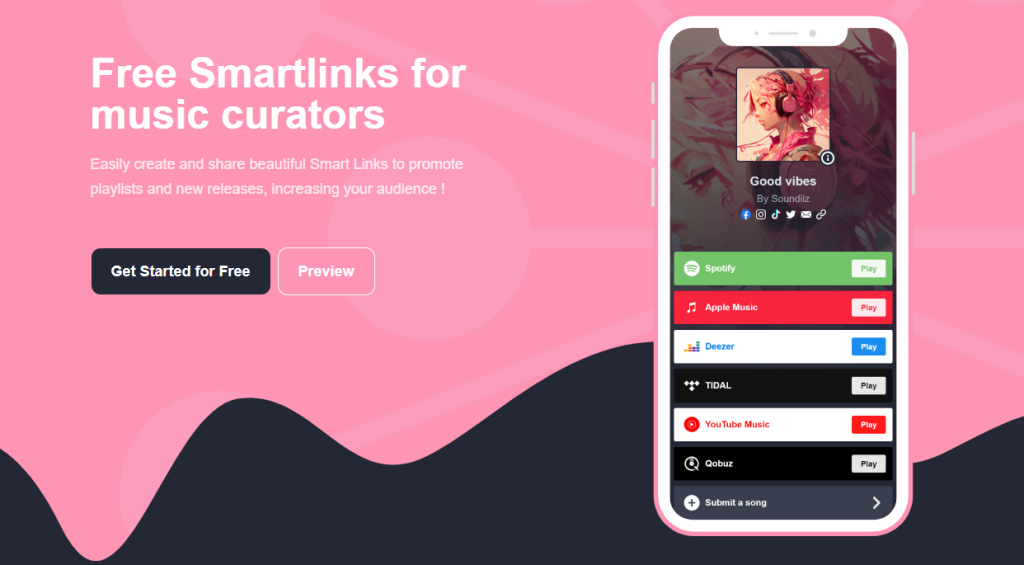
Soundiiz is not a distributor, so we can’t help you get your music to streaming platforms. On the other hand, we will enable you, thanks to our SmartLink tool, to facilitate the promotion of your music. Once your distributor has made your music available on all streaming platforms, you can aggregate your album under a single link.
When you communicate about the release of a song or album on your networks, you can send a single link to your followers and listeners, and by clicking on it, they can choose which platform to listen to you. Practical! At Soundiiz, the SmartLink part has been simplified and optimized to save you time.

The good news is that SmartLink creation is available in the free version of our services. But if you subscribe to a Premium or Creator package for as little as €3 a month, you can track your SmartLinks and keep statistics on them. This can be vital in building your career as an artist and complementary to certain promotional services offered by distributors. That’s for the “artist” part.
As a music lover…
But every artist is also a big music consumer. As a listener, Soundiiz offers you many options. For example, using our Transfer function, you can easily migrate from one platform to another. You can transfer all your Spotify data (song and album likes, favorites, playlists) to Apple Music or any other streaming platform. The time saved is considerable, and you won’t lose any data!
You can also synchronize playlists available on YouTube Music, for example, to your Spotify account at any frequency you choose, without lifting a finger. Or download all your data in .CSV format to store it somewhere and import it again. Among other things!

Soundiiz is undoubtedly the perfect companion for your daily use of streaming platforms. To start using our services, click here!

